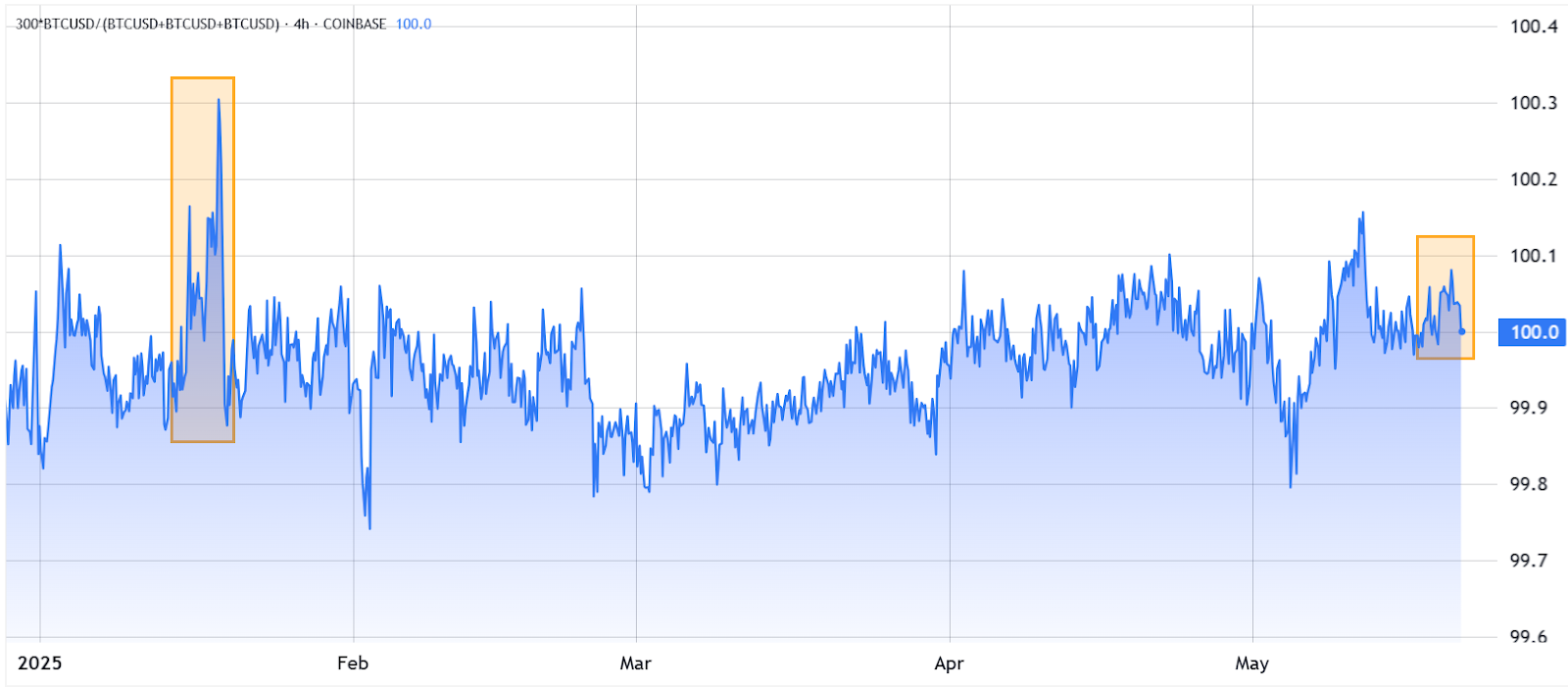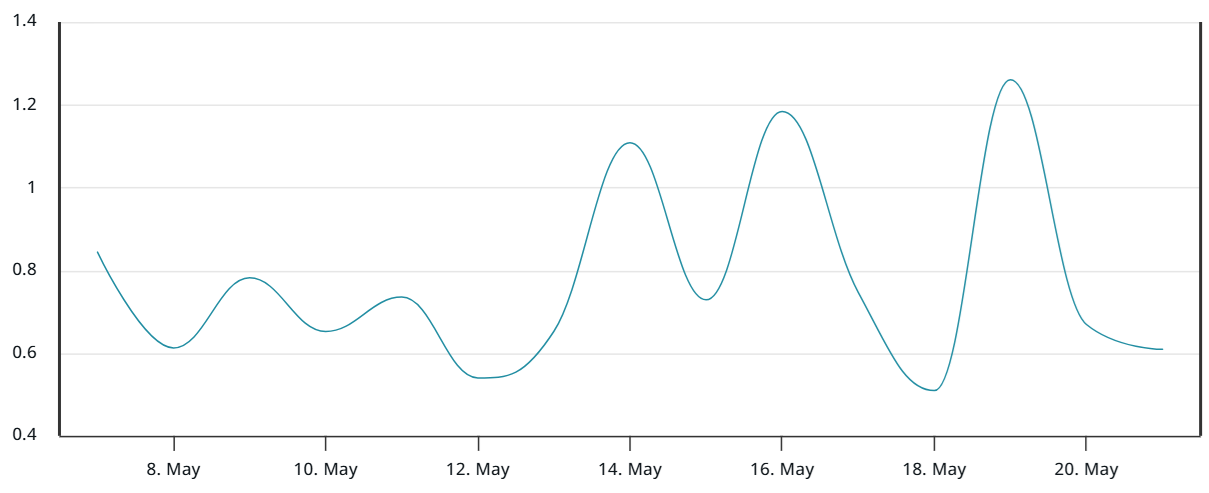Key takeaways:
-
Spot Bitcoin ETF inflows and low leverage suggest the BTC rally has room to grow.
-
US Federal Reserve liquidity and weak bond sales support a Bitcoin push beyond $110,000.
Bitcoin (BTC) was unable to sustain its bullish momentum after reaching a new all-time high of $109,827 on May 21, which led traders to question whether derivatives markets mainly drove the rally. From a broad perspective, the $77 billion in Bitcoin futures open interest has undoubtedly played a role. However, a closer look at the data shows a more positive outlook for further price gains.
The current 7% annualized Bitcoin futures premium is well within the neutral range of 5% to 10%, which has been typical for the past two weeks. This indicator can easily exceed 30% during periods of strong optimism, so the current level is relatively low. At the same time, the absence of excessive leverage reduces concerns about a rally driven primarily by derivatives.
Balanced order books and spot Bitcoin ETF inflows point to spot-driven rally
For comparison, during the previous Bitcoin $109,346 all-time high on Jan. 20, the annualized futures premium reached 15%, showing a much higher level of leveraged bullish positions affecting the price. Therefore, the current Bitcoin derivatives market appears healthier, suggesting strong demand in spot markets.
During the January bull run, Bitcoin’s price on Coinbase traded at a premium compared to other exchanges. This so-called Coinbase premium is not present now, which means buying pressure is more evenly spread out—a sign of a healthier market.

While excessive buying pressure on a single exchange is not necessarily bearish, it can make it easier to trigger unsustainable price surges when liquidity is low. This data supports the idea that derivatives markets were not the main driver of the recent price increases.
Moreover, the $1.37 billion in net inflows to spot Bitcoin exchange-traded funds (ETFs) in the United States between May 15 and May 20 further suggests that spot buyers, rather than derivatives traders, were the primary force behind the rally.
Despite the lack of conviction in Bitcoin futures, several indicators point to further upside. Forced liquidations of bearish BTC futures positions were relatively low at $170 million between May 18 and May 21, cementing the idea of a spot-driven rally. In comparison, the rally to $104,000 on May 9 triggered $538 million in liquidations over three days.
Related: Is Bitcoin price close to a cycle top? — 5 indicators that help traders decide

On May 21, Bitcoin options markets showed a slight increase in demand for put (sell) options, but nothing unusual. For comparison, the put-to-call ratio at Deribit dropped to 0.4x during the previous bull run on Jan. 20, reflecting lower confidence due to reduced volumes in call (buy) options.
Bitcoin’s upward movement may have been limited by macroeconomic factors, especially as the tariff war continues. Still, the potential for the price to reach $110,000 and higher is partly based on the weak position of the US Federal Reserve. Injecting liquidity could ease recession concerns, but it also reduces the appeal of government bonds, which favors risk-on assets like Bitcoin.
This article is for general information purposes and is not intended to be and should not be taken as legal or investment advice. The views, thoughts, and opinions expressed here are the author’s alone and do not necessarily reflect or represent the views and opinions of Cryptox.




